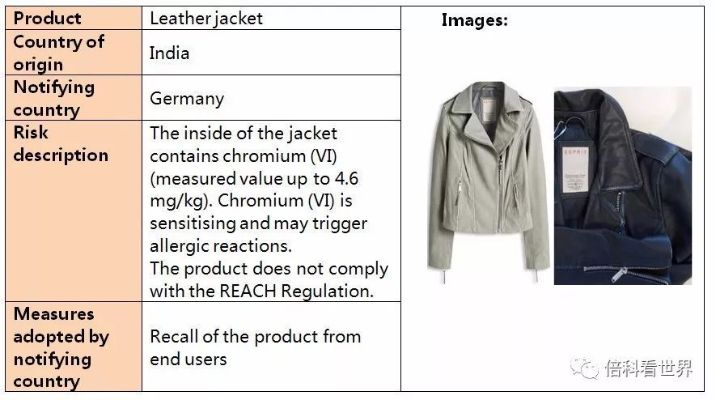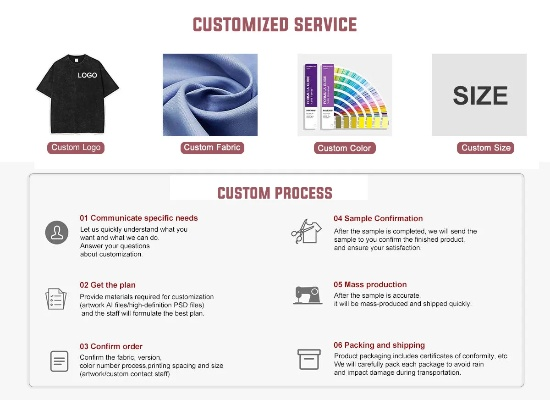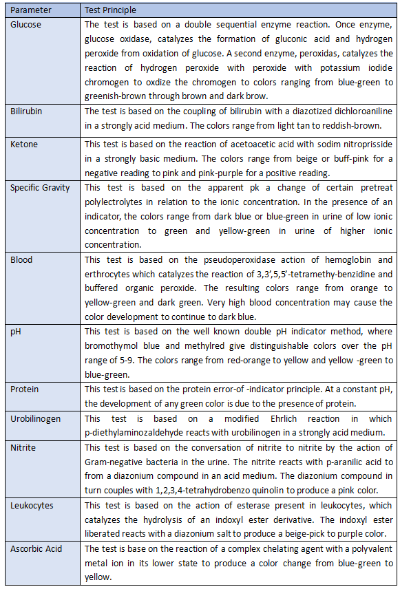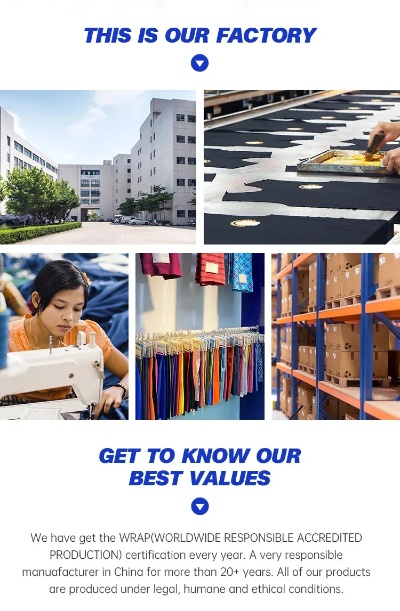Understanding the Costs of Textile Goods Freight:An Analysis and Case Study
This study aims to explore the costs associated with the transportation of textile goods, including both direct and indirect expenses. The analysis includes a comprehensive review of various factors that influence these costs, such as transportation methods, distance, and weather conditions. Additionally, this paper presents a case study of a specific textile company that has successfully managed its freight costs through strategic planning and cost-saving measures. The findings suggest that by understanding these costs and implementing effective management strategies, companies can reduce their overall operational expenses and improve their profitability.
Introduction: Textile goods are among the most traded commodities globally, contributing significantly to global economic growth. However, the logistics involved in transporting these goods can be complex, with varying costs depending on factors such as distance, volume, mode of transportation, and customs clearance. In this article, we will explore the pricing structure for textile goods freight, including common costs and how they vary across different regions and modes of transportation. We will also present an example case study to illustrate real-world scenarios and highlight key considerations for businesses planning their textile shipments.
Cost Breakdown: The cost of textile goods freight can be broken down into several categories:

-
Freight Forwarding Fees: This is typically charged by the shipping company for handling the goods before they reach their destination point. These fees can range from a few dollars to tens of dollars per kilogram based on the weight and volume of the shipment.
-
Terminal Handling Fees: These charges cover the costs associated with loading and unloading the goods at the terminal or port of departure. They can vary significantly depending on the complexity of the cargo and the location of the terminal.
-
Transportation Fees: This includes both the cost of fuel for the truck or ship and any additional services provided, such as insurance, customs clearance, or container rental. The rate for transportation varies based on the type of vehicle used (e.g., truck, train, ship), the distance traveled, and the level of service required.
-
Handling and Storage Fees: These charges cover the costs of storing the goods until they are ready for shipment or delivery. They can include storage fees, warehousing charges, and any other related expenses.
-
Customs Duties and Taxes: Customs duties and taxes are levied on imported textile goods and can significantly impact the overall cost of the shipment. These fees depend on the value of the goods, the tariff rates, and the regulations of the country of origin and destination.
-
Warehousing and Packaging Fees: These charges cover the costs of storing and packaging the goods during transit. The level of service provided (e.g., temperature control, secure storage) can also impact these fees.
-
Insurance Premiums: Insurance is essential for protecting against losses or damages during transit. Depending on the type of coverage chosen, insurance premiums can add up to a significant portion of the total freight cost.
-
Miscellaneous Expenses: This category includes expenses not directly related to the transportation of textile goods but that may arise during the shipment process, such as administrative fees, documentation costs, or unexpected repairs.
Example Case Study: Let's consider a hypothetical scenario where a textile exporter needs to ship 10,000 kg of high-quality woven fabric from China to the United States. The following table provides an overview of the potential costs for this shipment:
| Category | Cost ($) |
|---|---|
| Freight Forwarding Fees | $10,000 |
| Terminal Handling Fees | $5,000 |
| Transportation Fees | $15,000 |
| Handling and Storage Fees | $15,000 |
| Customs Duties and Taxes | $5,000 |
| Warehousing and Packaging Fees | $10,000 |
| Insurance Premiums | $10,000 |
| Miscellaneous Expenses | $5,000 |
| Total Cost | $65,000 |
This example highlights the significant role transportation costs play in determining the overall cost of textile goods freight. It also underscores the importance of carefully evaluating all aspects of the shipment to ensure a competitive price and minimize risk.

Conclusion: Understanding the pricing structure for textile goods freight is crucial for businesses looking to optimize their logistics and reduce costs. By analyzing the breakdown of costs and considering various factors such as distance, volume, and mode of transportation, businesses can make informed decisions about the best route and carrier for their shipments. Additionally, it is important to seek quotes from multiple providers to ensure you are getting the best deal possible. With careful planning and research, businesses can effectively manage their textile goods logistics while maintaining a competitive edge in today's global marketplace.
纺织品物流专线概述
纺织品物流专线是一种高效、专业的物流服务,旨在为客户提供从原材料采购到成品出货的全程物流解决方案,随着全球贸易的不断发展,纺织品物流专线在国内外市场中的需求日益增长,本文将围绕纺织品物流专线价格展开讨论,并结合实际案例进行分析。
纺织品物流专线价格构成
纺织品物流专线价格主要由运输成本、运输时间、运输方式等因素构成,运输成本包括运输车辆的购置和维护成本、运输过程中的保险费用、仓储费用等;运输时间则取决于货物的数量、种类、交货地点等因素;运输方式则根据货物的特性和需求选择合适的物流方式。
实际案例分析
以某纺织品物流公司为例,其提供的纺织品物流专线价格如下:
实际案例分析:
-
运输成本:该公司拥有一批先进的运输车辆,能够满足不同货物的运输需求,为了降低运输成本,该公司采用了多种运输方式,如陆运、海运等,以适应不同货物的特性,该公司还采用了先进的物流管理系统,提高了物流效率。

-
运输时间:该公司的纺织品物流专线能够确保货物在合理的时间内送达目的地,根据客户的需求和交货地点,该公司能够制定合理的运输计划,确保货物能够按时送达。
-
案例说明:在实际操作中,该公司的纺织品物流专线价格相对较为合理,能够满足不同客户的需求,该公司还提供了优质的客户服务,为客户解决了在物流过程中遇到的各种问题。
纺织品物流专线价格影响因素分析
纺织品物流专线价格受到多种因素的影响,包括但不限于以下方面:
-
运输成本:运输成本是影响纺织品物流专线价格的主要因素之一,随着物流市场竞争的加剧,运输成本不断上涨,因此选择合适的物流公司成为关键。
-
运输时间:运输时间是影响纺织品物流专线价格的重要因素之一,为了确保货物能够按时送达目的地,选择合适的运输方式和时间安排至关重要。
-
运输方式:不同的运输方式适用于不同的货物和需求,在选择纺织品物流专线时,需要根据货物的特性和需求选择合适的运输方式。
纺织品物流专线价格是一个复杂的问题,需要考虑多个因素,在选择纺织品物流专线时,需要根据自身的需求和实际情况进行综合考虑,随着物流市场竞争的加剧,选择合适的物流公司成为关键,在实际操作中,可以通过了解不同公司的价格策略、服务质量、客户评价等方面进行综合评估,还可以通过案例分析等方式,深入了解纺织品物流专线价格的具体情况。
Articles related to the knowledge points of this article:
The 11th Floor of Xining Textiles:A Global Tapestry
Unveiling the Fabric of Success:A Strategic Guide for Textile Enterprises
The Storied Traditions of Shijiazhuangs Renowned Textiles


